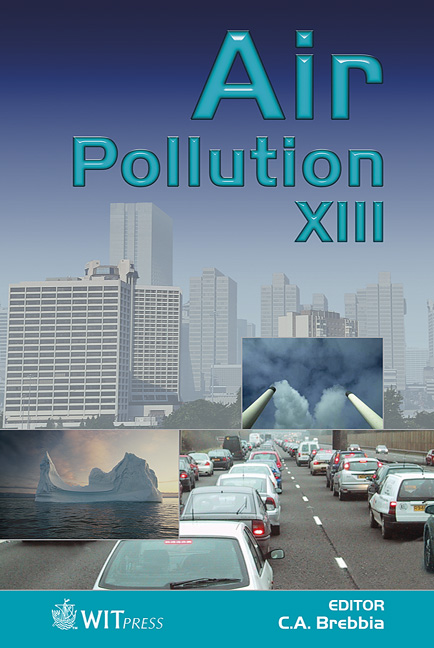Theoretical Solutions For Turbulent Flows Within The Scenario Of The K-ε Model
Price
Free (open access)
Transaction
Volume
82
Pages
10
Published
2005
Size
476 kb
Paper DOI
10.2495/AIR050111
Copyright
WIT Press
Author(s)
H. E. Schulz, J. G. Janzen & K. C. O. Souza
Abstract
Theoretical solutions for turbulence are presented considering the basic equations of the k-ε model. The equations are used with the terms of diffusion, generation and dissipation, together with the "eddy viscosity" or "turbulent viscosity" defined by the k-ε model. In the present formulation only stationary (steady) situations are considered and solutions are obtained for different flow conditions. The deduction procedures followed to obtain linear governing equations for different flow conditions are presented in detail, and the proposed solutions may be obtained through traditional mathematical tables or adequate software. Experimental results are compared with the presented theoretical predictions. The obtained results permit one to suggest, for example, that "wall flows" and "grid flows" are well represented through the proposals of the present study. Based on the results it is concluded that: a) theoretical solutions are important for the better understanding of turbulent flows (possibility to verify basic assumptions, which is not always the case in numerical simulations); b) the k-ε assumption represents an adequate ad-hoc approximation for flows such as those considered in this study. Keywords: turbulent flows, turbulence models, k-ε model. 1 Introduction The \“k-ε model” is perhaps the most largely model used to predict mean characteristics of turbulent flows. Its use is mostly coupled with numerical procedures, applied directly to the original equations for k and ε . The original equations are non-linear, and relatively less effort has been directed to find linear
Keywords
turbulent flows, turbulence models, k-ε model.





